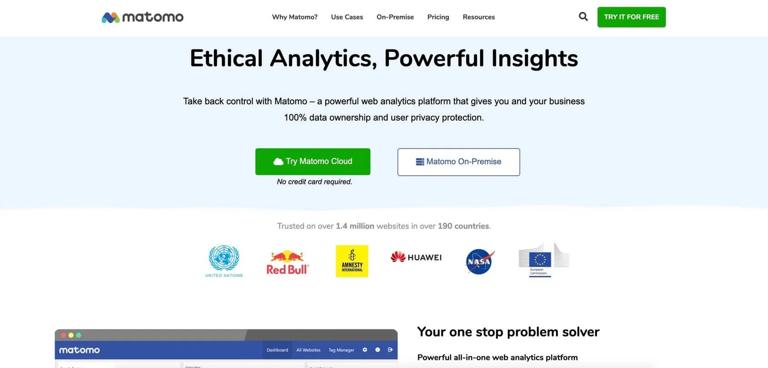
How Much Do I Need to Start Day Trading?
Intro Morning coffee, a buzzing monitor, and a list of ticking prices鈥攄ay trading can feel like a VIP hobby, but the barrier to entry isn鈥檛 as high as you might fear. The real question isn鈥檛 鈥渉ow much do I need to buy in,鈥?but 鈥渉ow much should I risk, and how quickly can I learn to grow it safely?鈥?The answer varies by market, broker rules, and your risk tolerance. The goal is to get your feet wet with a plan, not a dream of instant riches.
What it costs to start A practical starter mindset is to think in two layers: a learning fund and a live-trading fund. For learning and practice, many beginners begin with $1,000鈥?3,000 in a practice or margin-allowed account, using small position sizes to dial in your strategy without blowing up the capital you鈥檝e set aside for everyday life. If you鈥檙e in the United States and want to day trade stocks with a margin account, you鈥檒l hear about the Pattern Day Trader rule, which effectively nudges you toward $25,000 of equity to trade actively on margin more than a few days in a row. That鈥檚 not a hard wall for everyone鈥攎any traders choose futures, forex, or crypto routes that have more flexible margin structures.
A sensible live-trading floor depends on comfort and discipline. Aiming to risk no more than 1%鈥?% of your trading capital per trade is common practice; with a $5,000 account, that means roughly $50鈥?100 at stake on a single trade. Scaling up gradually as you prove a consistent edge keeps you out of the 鈥渙ne bad day鈥?trap and helps you absorb costs from spreads, commissions, and slips.
Asset universe and what to expect
- Forex: Low per-trade capital needs, high liquidity, and tight spreads in major pairs. It鈥檚 a solid training ground for quick reaction trading, but be mindful of leverage鈥攕maller moves can wipe out a big chunk of equity if you overextend.
- Stocks: Liquidity varies by ticker; certain blue chips offer reliable volatility for day trades, while PDT rules in some markets require careful planning.
- Crypto: 24/7 markets, wild intraday moves, and relatively light barriers. Security is paramount鈥攗se hardware wallets for storage and hot wallets only for active trading.
- Indices: Broad exposure with less one-off risk than single stocks. Great for longer intraday ramps and quick reversals.
- Options: Leverage as a feature, but with time decay and multi-leg risk. Start simple with directional bets on liquid contracts.
- Commodities: Energy, metals, and agriculturals bring macro catalysts. Futures margins can be manageable, but the leverage psychology is intense.
Leverage, risk, and reliability strategies The right leverage is not the loudest voice in the room. Start conservative, then test. Focus on risk per trade (dollar risk), not just percentage gain potential. A popular approach: set a hard daily risk limit (e.g., 2% of capital) and a max drawdown cap; if you hit it, step away for the day or week. Use stop-loss orders, clear entry rules, and a simple one-to-one relationship between your plan and your trade size. Backtesting on a demo or recorded trades gives a feel for what a real edge looks like before you risk real money.
Tech stack and safety Strong charting, reliable data feeds, and a broker with solid risk controls matter as much as your marks on a screen. Two-factor authentication, device controls, and, for crypto, hardware wallets reduce the risk of theft. Keep your software updated, and diversify across assets rather than chasing a single hot move.
DeFi vs centralized trading and challenges Decentralized finance is accelerating a more autonomous trading world, with smart contracts handling swaps and liquidity, but it comes with counterparty and smart-contract risk, front-running, and regulatory ambiguity. While DeFi promises lower fees and greater control, you still face rug-pulls, impermanent loss, and slower settlement in some ecosystems. It鈥檚 worth experimenting, but not at the expense of your core trading capital.
Future trends: smart contracts and AI-driven trading Smart contracts are edging into more automated strategies, while AI advances help with pattern recognition, risk forecasting, and sentiment analysis. Expect more on-chain data feeds, cross-chain algo trading, and tools that translate complex signals into executable orders. The upside is faster, more precise execution; the caveat is you鈥檒l need stronger risk controls to keep pace with automation.
Slogans to keep you motivated
- You don鈥檛 need a fortune to start; you need a plan that scales.
- A small, repeatable edge beats a big, unpredictable wish.
- Trade with risk discipline, and let learning compound your capital.
Bottom line Starting day trading isn鈥檛 about a magic number but a method: set a practical learning fund, a defined live-trading budget, and guardrails that protect you from big, impulsive bets. Build competence across markets, leverage responsibly, and keep your eyes on reliability, security, and steady improvement. As DeFi matures and AI aids decision-making, your best bet is a measured, adaptable plan that grows with your experience.

